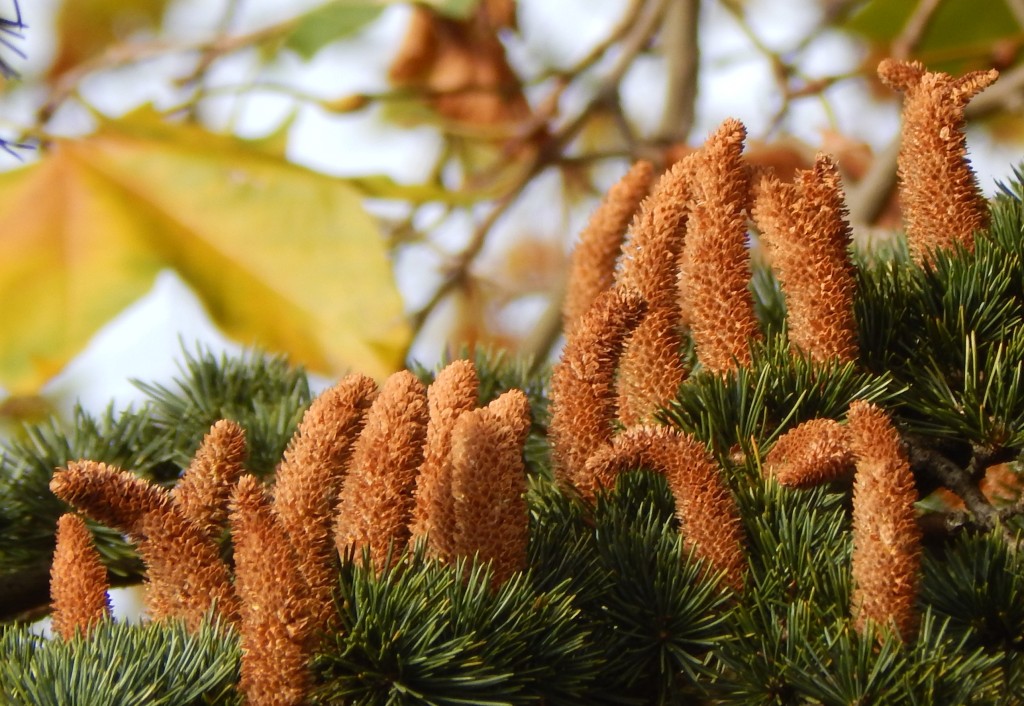
[071] Cedrus libani, Cedar of Lebanon
Introduction
Cedrus libani, the Cedar of Lebanon, is a large, majestic, spreading evergreen coniferous tree with cultural significance in the Bible and in the Middle East. It is, not surprisingly, the national emblem of Lebanon.
Taxonomy
Kingdom – Plants
Clade – Vascular Plants
Division – Pinophyta (Conifers)
Class – Pinopsida (Conifers)
Order – Pinales (All extant conifers}
Family – Pinaceae
Subfamily – Abietoideae (Firs, Cedars and others)
Genus – Cedrus
Scientific Name – Cedrus libani
Name
Cedrus libani is another easy one for you!
Description
Cedrus libani is an evergreen, coniferous tree, which is very similar in detail to the closely related [070] Atlas Cedar. What makes it different is its size and its biological ‘habit.’ It can grow to a height of forty metres with a massive trunk, which may fork into several erect branches.
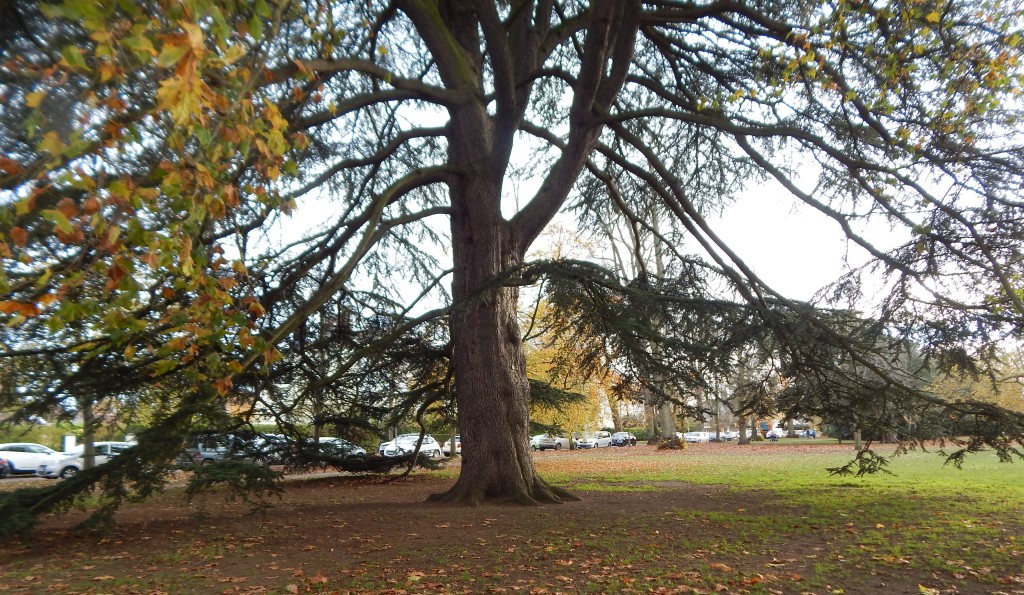
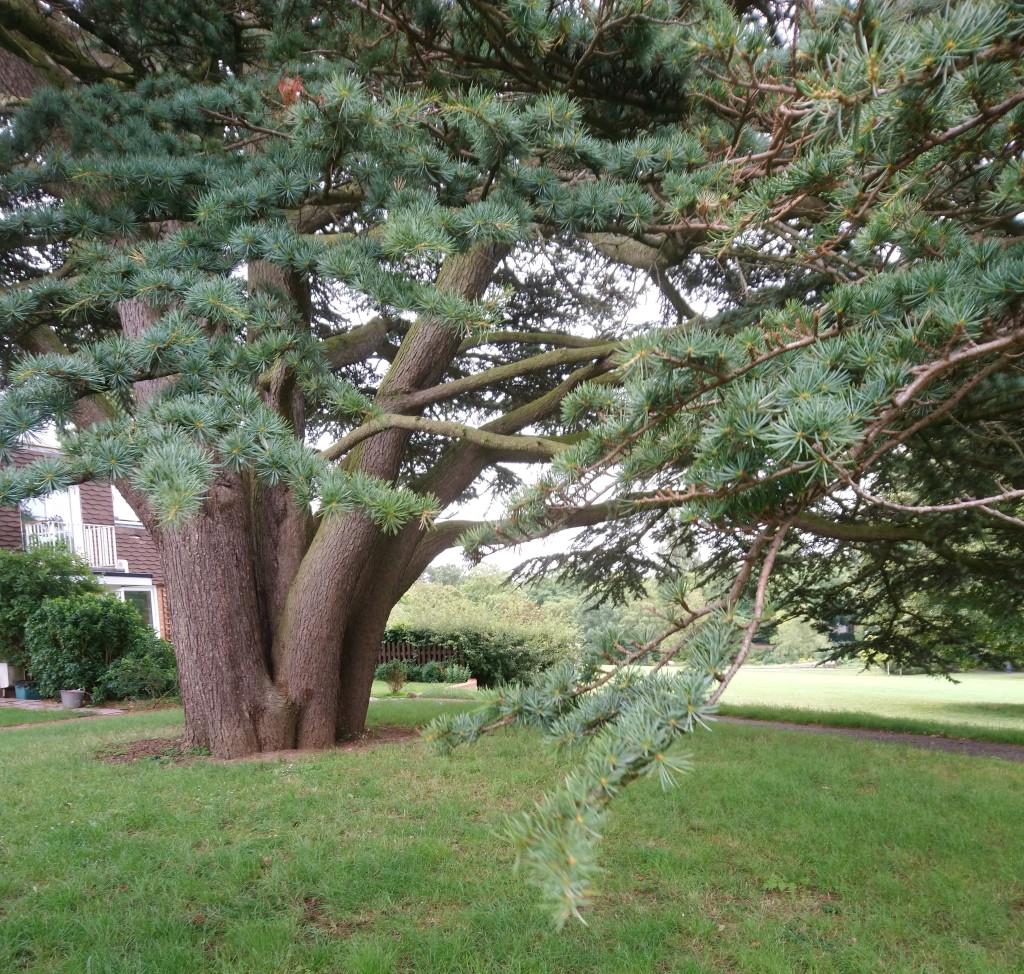
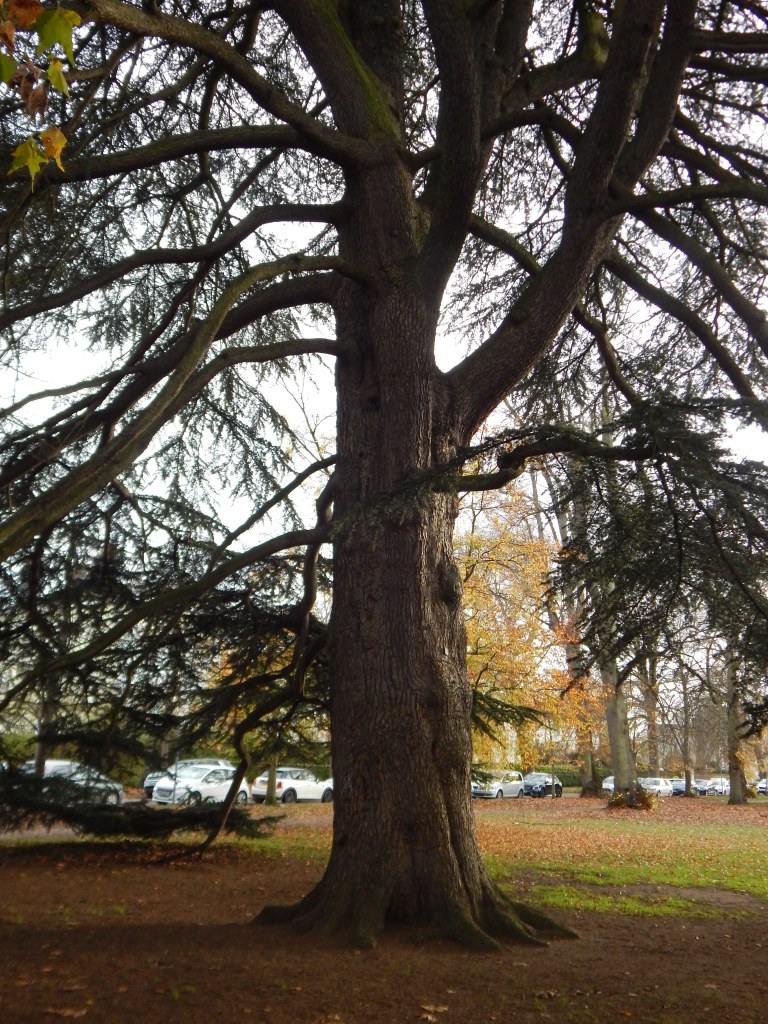
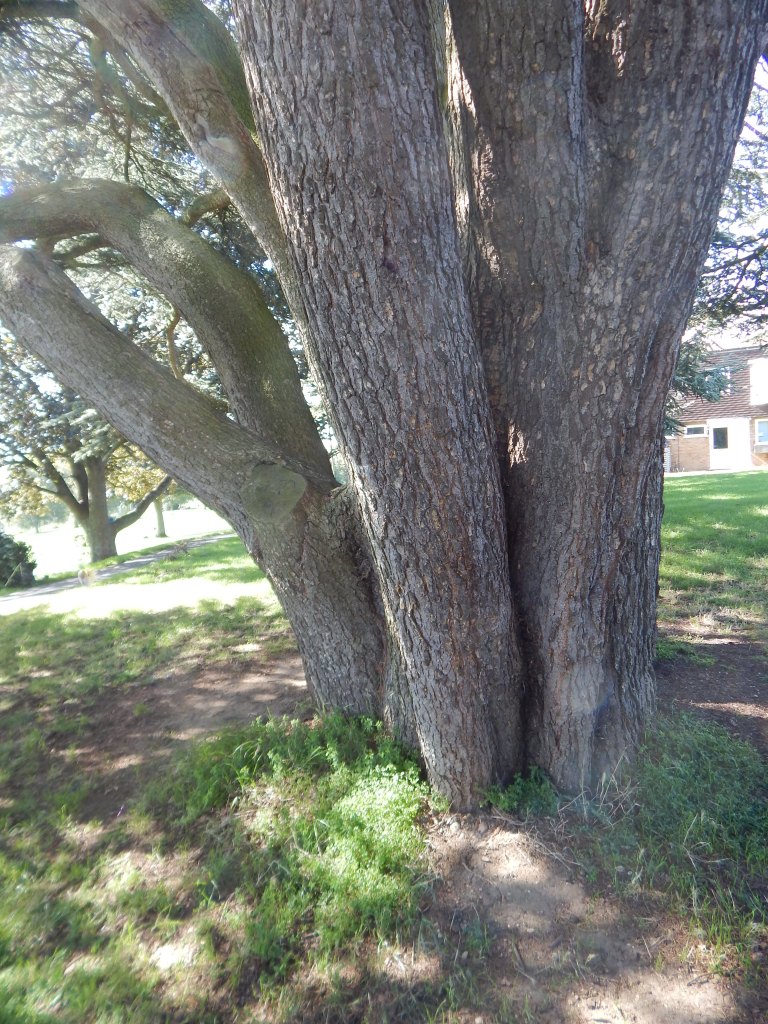
Secondary horizontal branching can lead to a sprawling tree covering an extensive area.
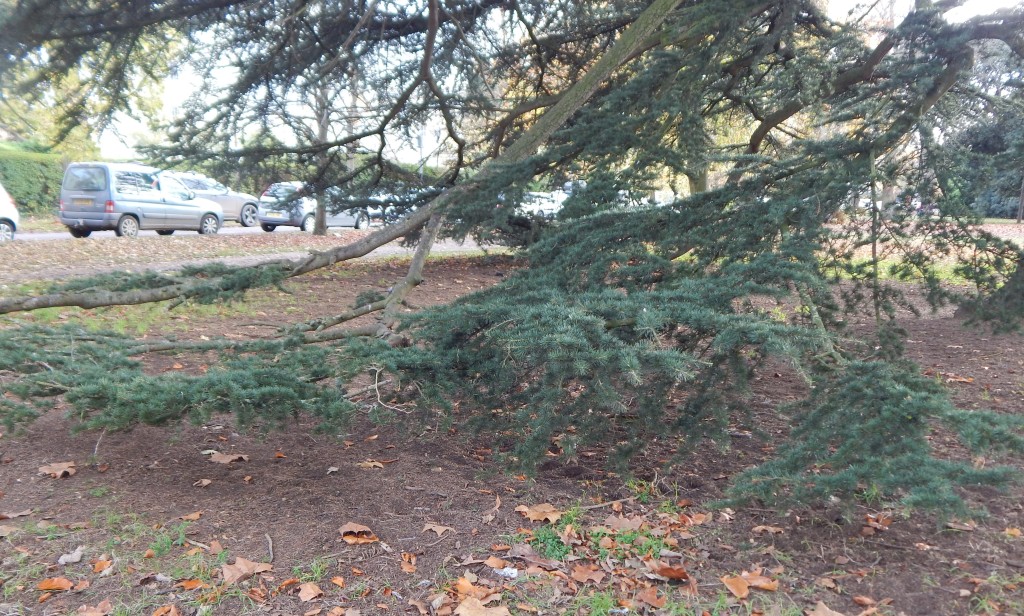
Needle-shaped leaves, typical of conifers, can be glaucous in colour.

It begins to produce cones when about forty years old. Here are some male and female cones.
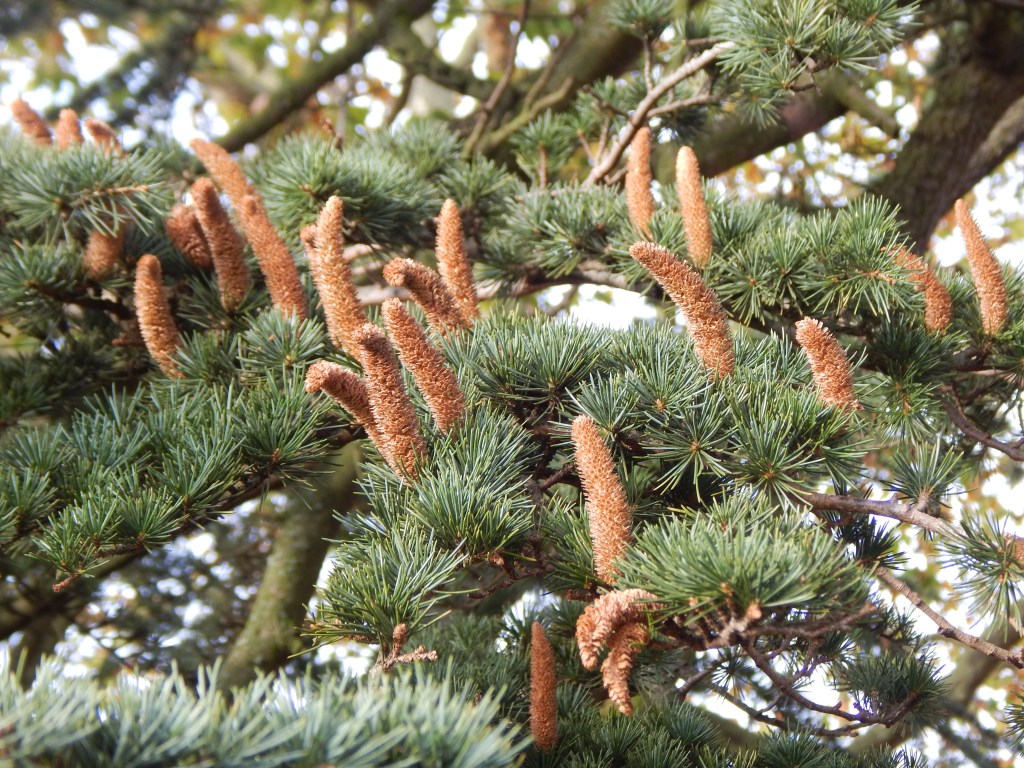

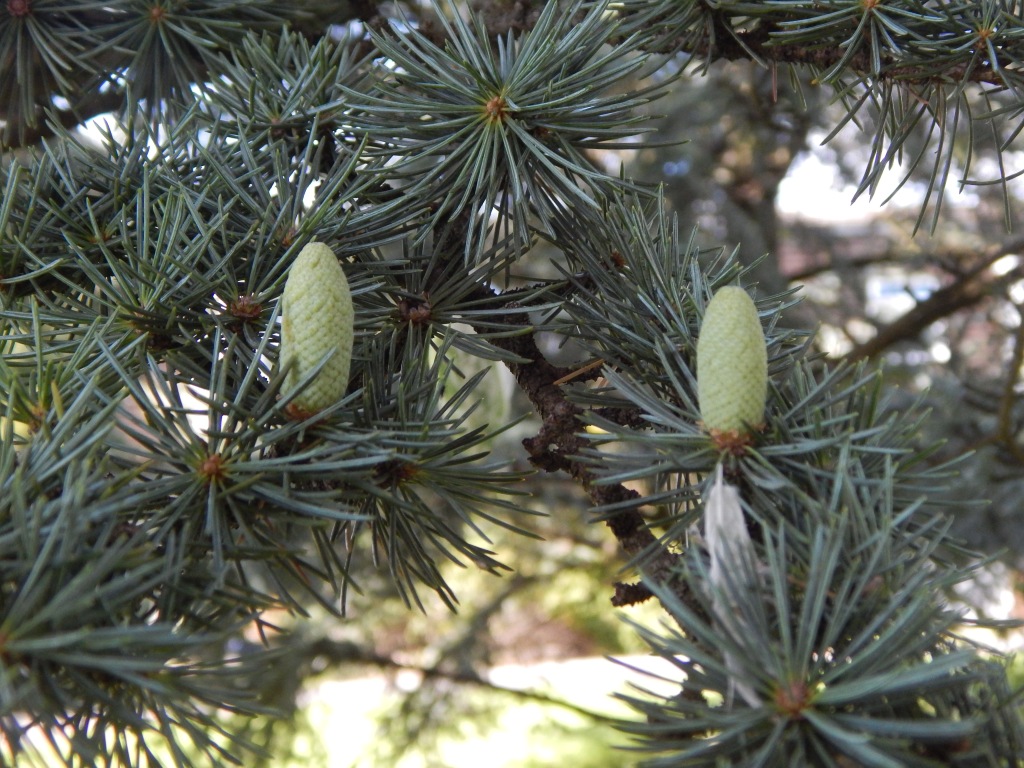
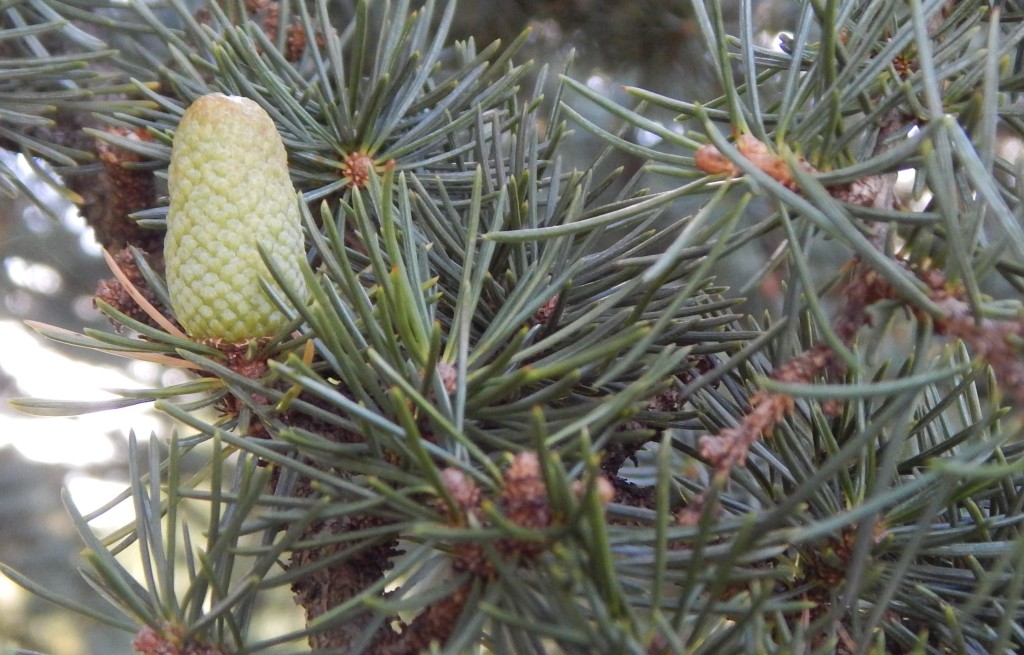
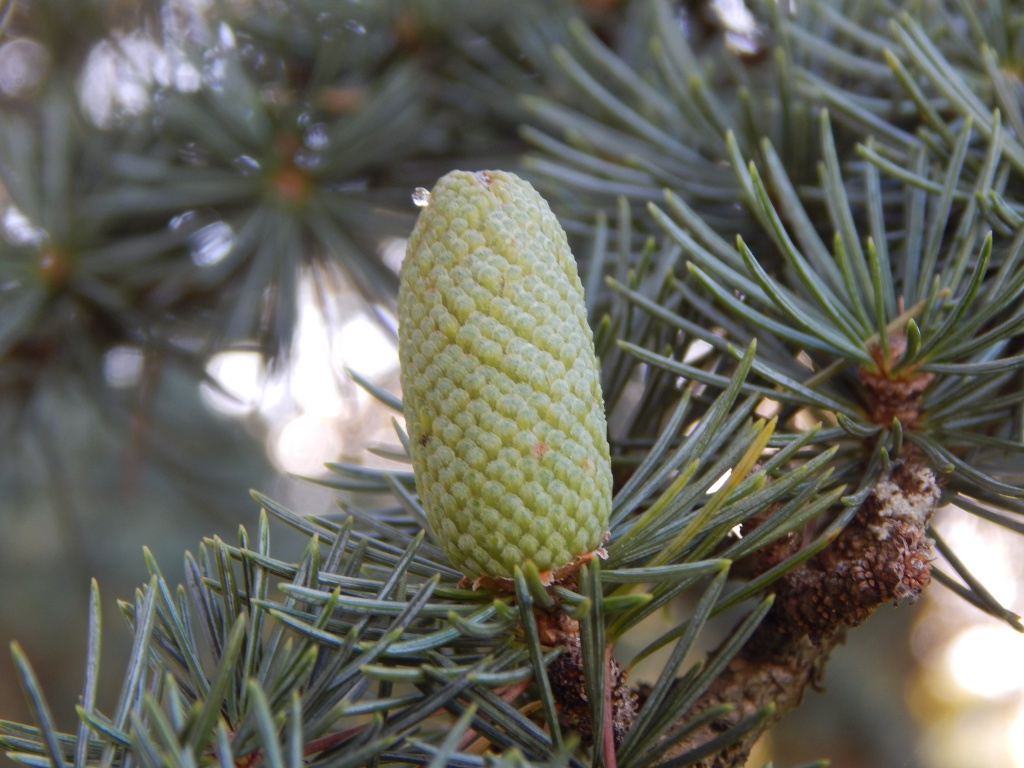
Habitat and use
Cedrus libani is native to mountainous areas in Lebanon, Syria and Turkey. A separate subspecies is found in the mountains of Cyprus.
They are widely planted in Britain as ornamental trees in parks and gardens, including Highgate Cemetery, and have been used since the mid Seventeenth Century.
Cedar wood is exceptionally durable and is valued for its attractive grain and colour.
Other Notes
The Epic of Gilgamesh (circa 2100 B.C.), a poem from Mesopotamia regarded as the earliest ever great work of literature, includes a journey through a Cedar Forest that is generally considered to be in the Lebanon.
The Cedar of Lebanon is also mentioned several times in the Bible in quotations from Moses, King Solomon and the prophet Isaiah, and in Psalm 92, verse 13: ‘The righteous shall flourish like the palm tree: he shall grow like a cedar in Lebanon.’
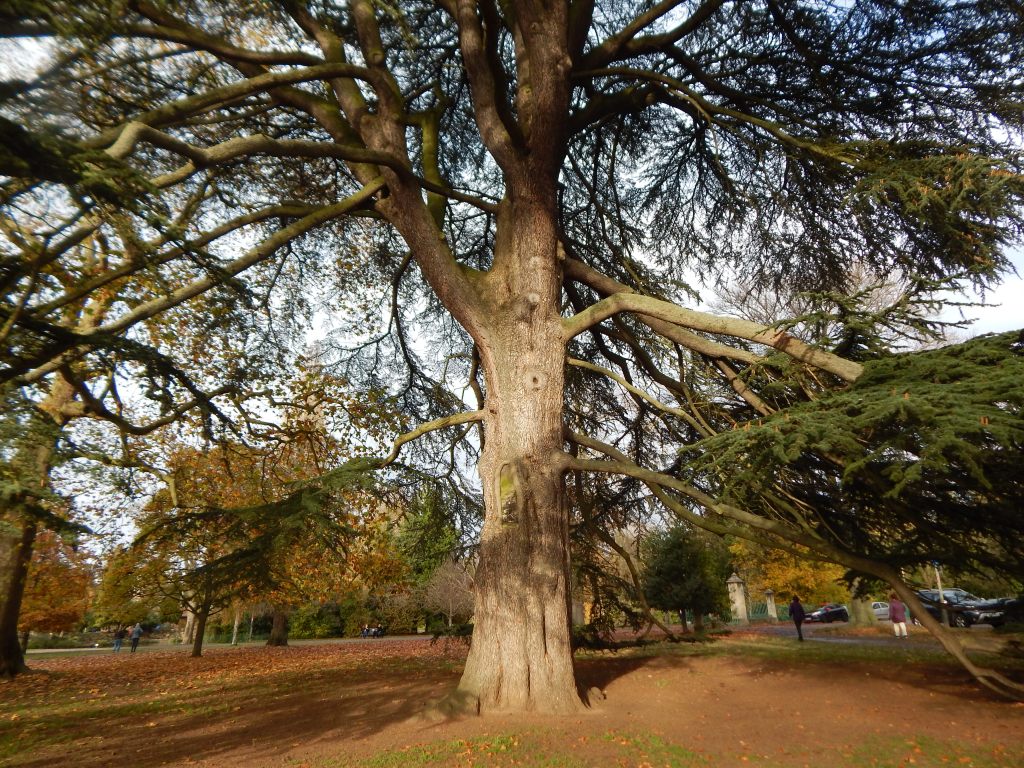
My pictures come from two old trees in Cheltenham, one of which is under threat of being felled.
See also
There is nothing comparable in size to be seen in Britain. [314] The Giant Sequoia may be taller but does not spread in the same way.
